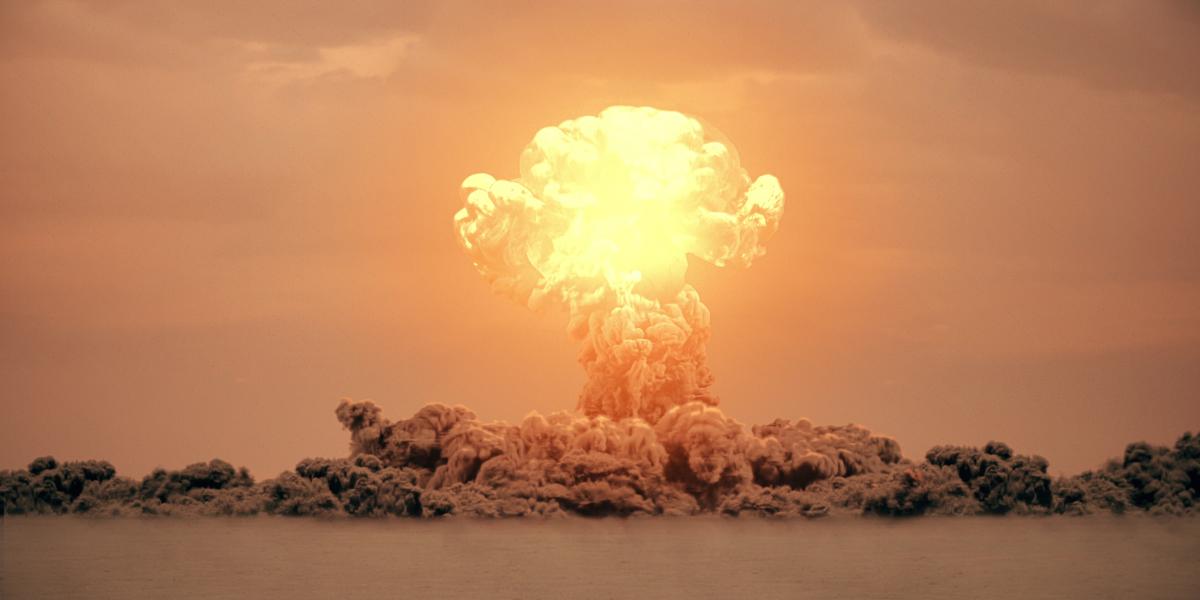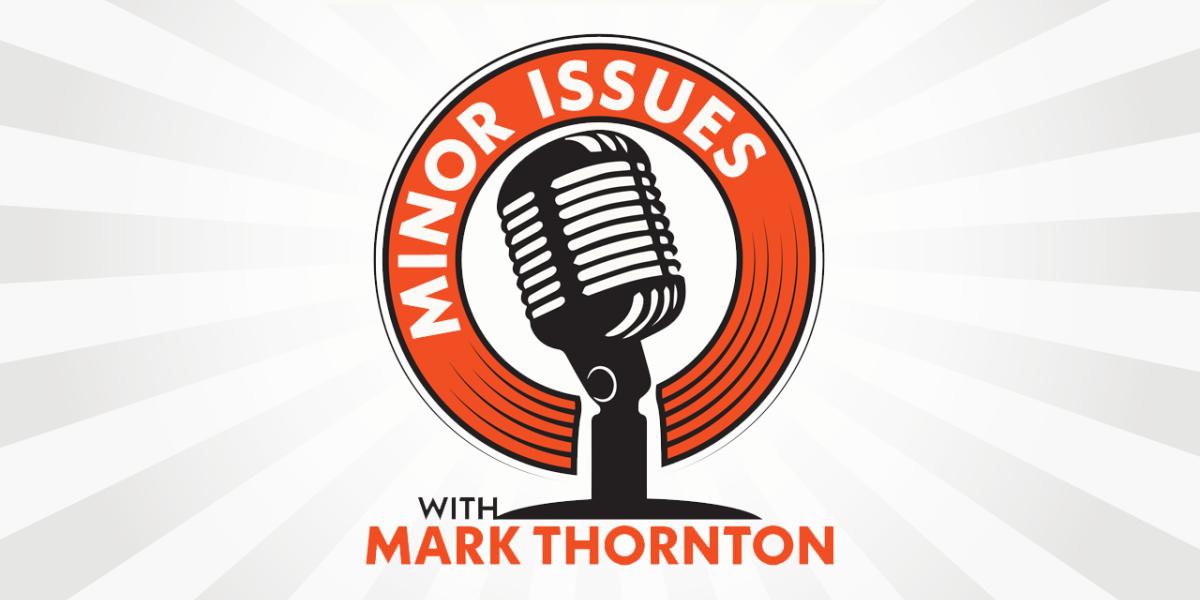Authored by Seth Barron via RealClearPolitics,
The Biden-Harris experiment in dissolving the U.S. border has wrought massive changes to American society, most of which will not be understood for years, if not decades. Since 2021, U.S. border officials have had at least 10 million “encounters” with migrants, many of whom were allowed to enter the country. There is no telling how many more aliens entered the country without encountering enforcement agents. The population of the United States may have increased by as much as 15 million people in just a few years.
This massive flow of humanity crosses multiple national borders, involves every mode of transportation, accounts for billions of dollars paid in fees to smugglers, and describes a fantastically complex economy of suffering and hope. In an effort to get a handle on this human tide, noted muckraker James O’Keefe – known for his hidden camera “gotcha” interviews with abortionists, media executives, progressive nonprofit executives, and other degenerate types – traces the migrant onrush from its source, and seeks to trace the machinery of profit and influence that is conducting it from great removes.
“Line In The Sand,” the resulting documentary, is a remarkable and humane exposition, revealing perspectives and images American audiences have mostly been prevented from seeing. O’Keefe and his intrepid team begin on the U.S. side of the Mexican border, where we witness migrants crossing the border through holes that their guides have cut in a fence that serves as a target as much as a barrier. Infrared cameras show dozens of illegal aliens streaming toward “pick-up” vehicles on the U.S. side while smugglers – presumably cartel members – a few feet away taunt O’Keefe and his group. “What if I were to run up to them right now, what would happen?” O’Keefe asks his guide. “I would highly advise you against that,” he is told, in a classic understatement.
The fact that coyotes and other human traffickers are paid to assist northbound migrants with their passage is no scandal; we all know what their motivations are and why they are doing what they do. But O’Keefe documents multiple examples of U.S. Border Patrol agents standing idly by while illegal aliens cross, virtually under their noses. “Why aren’t you doing anything?” he asks. “Have a good day, guys,” a border agent desultorily responds before driving off in the general direction of the episode. Later, a migrant stands in front of a Border Patrol truck, clearly trying to alert the agents of his intention to surrender, but is studiously ignored until O’Keefe and his team call their attention to him.
There is a kind of sad comedy in the operations of U.S. border security, and O’Keefe is not unsympathetic to the absurd position that border agents have been put in. Trained to defend the national border and to serve as the first line of defense of American soil, these agents have been recommissioned as a perverse Welcome Wagon for illegal aliens, charged with making their undocumented and uninvited entrance to the United States as commodious as possible.
Looking to get deeper into the heart of this migratory avalanche, O’Keefe went deep into Mexico, to the city of Irapuato, about 150 miles northwest of Mexico City. Irapuato is a popular railway junction where thousands of migrants climb aboard “La Bestia,” or “The Beast,” a cargo train that chugs northward toward the United States. In the film’s most remarkable footage, O’Keefe and his team join with migrants, mostly from South and Central America, to ride The Beast, also known as “el Tren del Muerto,” or the Train of Death. O’Keefe talks to the migrants without condescension, asking them their destinations and what they plan to do when they get there, and their concerns about the perilous nature of the journey. We see the film crew race to jump on a moving train and clamber on top to sit in a pile of coal; O’Keefe is shocked at how truly dangerous this small element of the trip is and sympathizes with the migrants’ difficult choices. These scenes are among the film’s most affecting, along with the crew’s random encounter with a little girl who had just crossed the border after journeying from Guatemala by herself. There is a human dimension to illegal immigration, and O’Keefe does not ignore it.
However, there is also an impersonal dimension to this massive population transfer, and O’Keefe determinedly aims to uncover it – to put a face to the institutions and administrators that benefit from the rough injection of millions of people into American society. From government agents to bus companies to nonprofit resettlement groups to private contractors running huge, walled compounds housing thousands of children, O’Keefe doggedly tries to penetrate the mechanics of a system that resolutely hides itself behind a screen of silence, usually in the name of “safety” and “privacy.”
Some of the film’s more comical moments pertain to these segments, such as when the team follows some just-arrived Chinese migrants in San Diego to an employment agency, where other Chinese aliens, already in the country for several months, complain that it’s much harder to live in the United States than they had imagined. O’Keefe tries to sniff out a connection between the owner of the agency and more powerful actors, but it emerges that there really isn’t much going on; in fact, the owner asks O’Keefe if he knows of a way to apply for government grants.
Elsewhere, O’Keefe tries to get information about the operations of several huge residential centers for unaccompanied minors and tries to spin their refusal to give him access to the centers or submit to interviews as evidence of the existence of vast, government-funded child sex trafficking networks. But it seems more likely, though no less troubling, that the open borders policy of the last four years has created a tremendous humanitarian crisis of alien children roaming the continent by themselves, and the government is probably trying to keep them from becoming prey to sex traffickers while they sort out where to send them. Though O’Keefe does not uncover a salacious network of child predators, his vigorous pursuit of the truth does reveal the existence of a large, shadowy, government-funded, and lucrative system of child “welfare.”
So, “Line In The Sand” is correct in the larger sense that billions of dollars are being spent managing this human flow, and many people are getting rich off of it. The last thing these parasitical administrators of the nonprofit industrial complex want is for the border to close. O’Keefe does a great job of capturing in real time the corruption of a local New York City nonprofit called La Jornada, whose leader, Pedro Rodriguez, evidently perpetrates fraud, demanding fees for services that the city provides for free. O’Keefe also sends a Spanish-speaking reporter undercover into the Roosevelt Hotel, New York City’s main processing center for newly-arrived migrants, which offers him free housing, medical care, and even airplane tickets, even though the reporter explains that he has no identification of any sort. How, O’Keefe asks, in our post 9/11 security-obsessed era, are we to make sense of a system that admits millions of unvetted foreigners into the country, and then offers to fly them anywhere they care to go?
“Line In The Sand” is rough in parts, but intentionally so. Its subject is so sprawling and tangled that a neat and clean representation would be a lie. Even with a nine-figure budget – which this film assuredly did not have – a documentary about the border and the 30 million-footed human swarm that has crossed it would be messy and incomplete. But James O’Keefe and his small team have done something remarkable. They have taken on the decade’s biggest story, given it form, and preserved the humanity of its subjects. It is worth watching.
Seth Barron is a writer in New York and author of the forthcoming “Weaponized from Humanix.”










